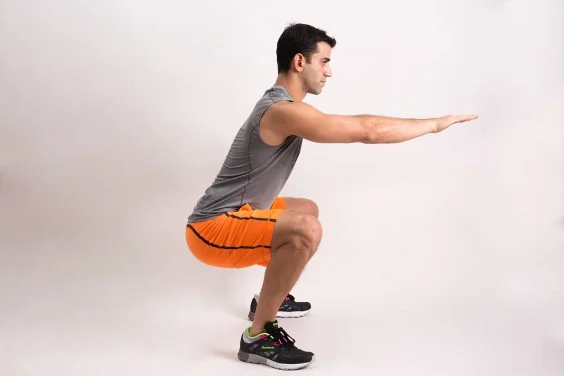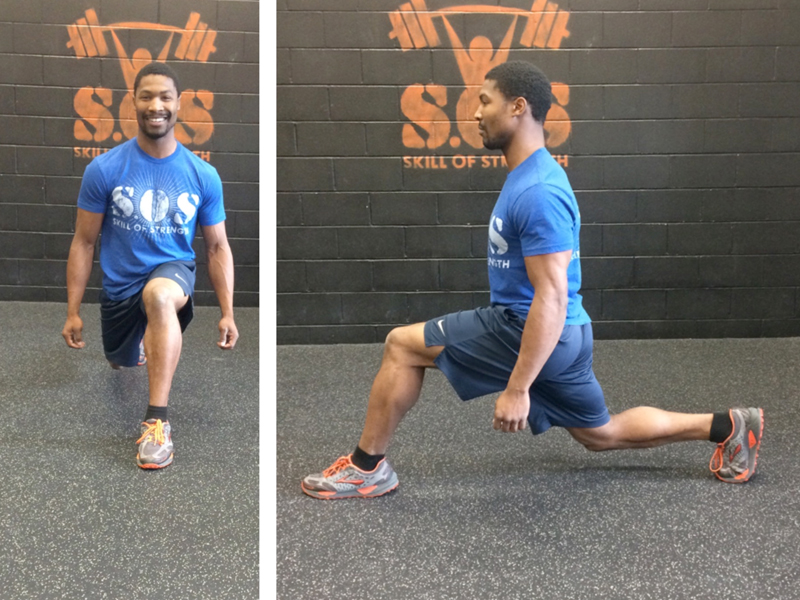In the realm of fitness, isometric exercises are carving out a significant niche due to their unique approach of engaging muscles without causing movement. This distinctive exercise style holds the potential to outshine traditional workouts like running or weightlifting when it comes to lowering blood pressure. In the esteemed journal JAMA Internal Medicine, a groundbreaking study has taken center stage, exploring the realm of isometric exercises and unveiling their extraordinary role in reducing blood pressure.
Unveiling the Study: A Glimpse into Isometric Exercises Superiority
The study in question delved into an extensive dataset encompassing more than 15,000 individuals participating in a staggering 270 randomized controlled trials. The research cast its spotlight on the effectiveness of isometric exercises in comparison to various other exercise modalities, including aerobic exercises, dynamic resistance training, combined training, and high-intensity interval training, in the realm of blood pressure reduction.
The findings revealed that isometric exercises emerged victorious, asserting their superiority in the domain of blood pressure management. This exercise category showcases exceptional efficacy, with the potential to yield more substantial results compared to other established workout methodologies.

Decoding Isometric Exercises: A Blend of Stillness and Muscle Engagement
Isometric exercises constitute a distinctive approach to fitness, driven by the concept of muscle contraction against a static object or surface. Unlike traditional exercises that involve movement, isometric exercises entail stationary muscle engagement. This unique dynamic causes muscles to exert more effort than they would during conventional exercises, subsequently leading to a plethora of health benefits.
A Holistic Health Boost: Blood Pressure Reduction and Beyond
The allure of isometric exercises extends beyond their blood pressure-lowering prowess. Engaging in these exercises translates to a multi-faceted health boost, encompassing enhanced cardiovascular health, fortified muscles and bones, and an overall sense of well-being. The fusion of muscle contraction and stationary posture holds the potential to drive significant improvements in heart health and overall physical resilience.
Mechanisms Behind the Magic: Blood Pressure Fluctuations
Researchers behind the study speculate that the efficacy of isometric exercises in blood pressure reduction stems from their unique impact on blood pressure fluctuations during the workout. When muscles contract, they exert pressure on blood vessels, inducing a temporary rise in blood pressure. This transient increase could potentially contribute to long-term improvements in blood flow regulation, subsequently leading to healthier blood pressure levels.
Maximizing Results: A Comprehensive Approach
The study underscores the importance of integrating isometric exercises into a well-rounded fitness regimen. While their efficacy in blood pressure management is undeniable, experts recommend combining these exercises with other workout modalities for optimal results. This synergistic approach can amplify overall health benefits, ensuring a comprehensive fitness journey.
Embarking on the Isometric Journey: Beginner Exercises to Ignite Progress
For those intrigued by the potential of isometric exercises, starting with beginner-friendly routines is advisable. These exercises offer an ideal entry point to the world of isometrics, gradually paving the way for more challenging workouts as strength and endurance improve.
1. Knee Plank: Engage core muscles by balancing on your knees and forearms. Maintain the position for a duration of 30 seconds to 2 minutes.
2. Shoulder Bridge: Elevate your hips while lying on your back, strengthening spinal muscles. Grasp the position for a span of 30 seconds to 2 minutes.
3. Fire Hydrant: Activate gluteus medius by lifting one leg sideways while on all fours. Maintain the position for each leg, ranging from 30 seconds to 2 minutes.
4. Tabletop Crunch Hold: Strengthen core muscles by lifting legs and shoulders off the floor. Hold for 30 seconds to 2 minutes.
5. Squat Hold: Fortify leg muscles with a static squat. Hold for 30 seconds to 2 minutes.
Embrace Progress: Consultation and Gradual Growth
For newcomers to isometric exercises, a prudent approach involves starting slowly and seeking guidance from a medical professional or physical therapist. As strength improves, the duration and complexity of workouts can be gradually enhanced, propelling individuals towards a realm of holistic well-being and a healthier blood pressure profile.
